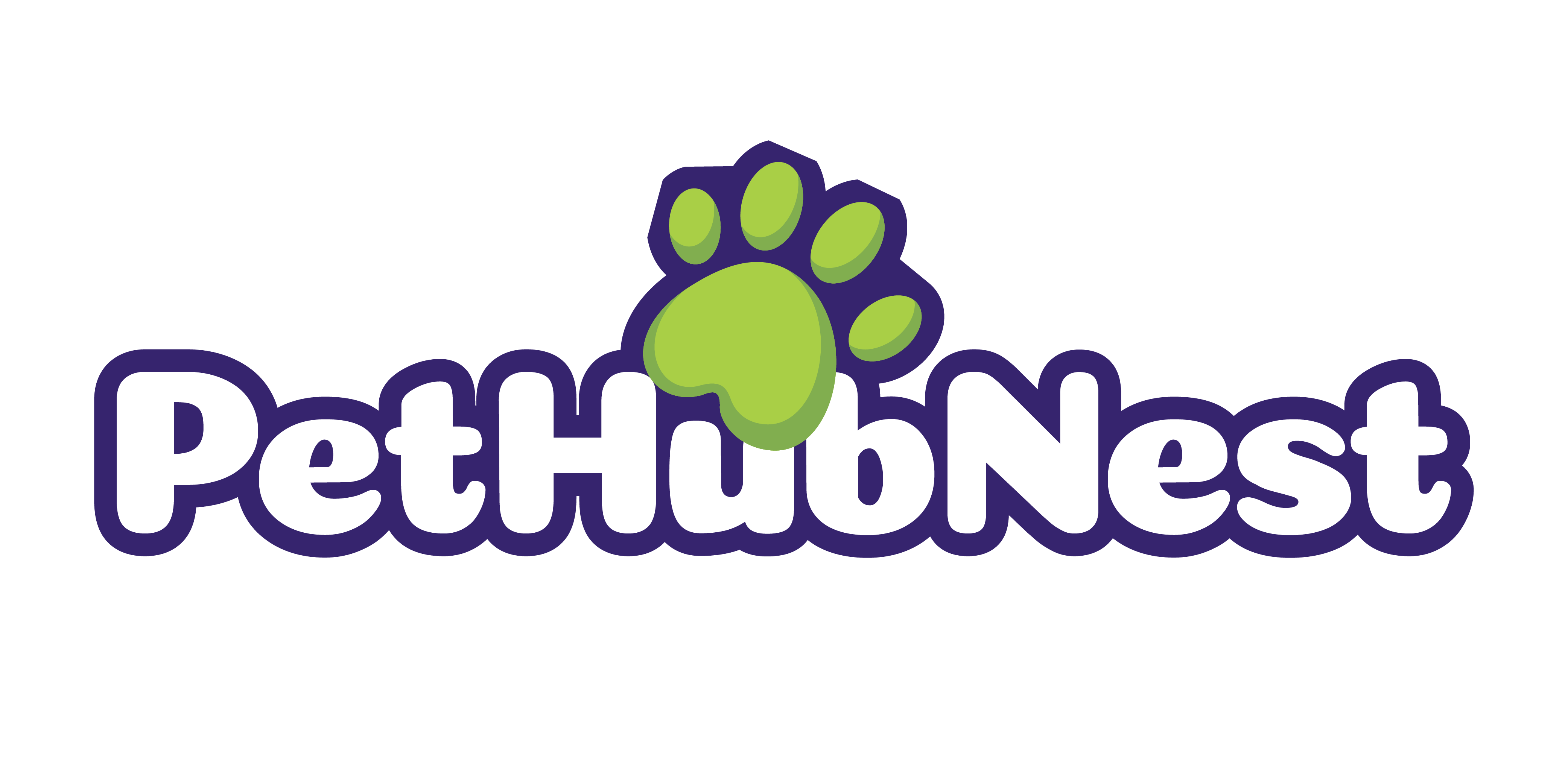Why Pet Nutrition Deserves Serious Attention
Food isn’t just fuel for pets—it’s their foundation. A dog or cat’s long-term health ties directly to what’s in their bowl. From joint strength to immune support, good nutrition builds defense systems from the inside out. The payoff? Fewer vet bills, longer lifespans, and higher quality of life.
Quality ingredients show up fast. A protein-rich diet with clean sources—think whole meats, not mystery meal—can boost energy, sharpen focus, and even reduce anxious behaviors. A healthy coat, clear eyes, and easier digestion aren’t beauty perks; they’re signs the food’s doing its job.
But here’s where owners often drop the ball: buying based on marketing, not content. That “premium” label doesn’t mean much if the first ingredient is corn. Another common misstep is over-relying on trends like grain-free, without understanding what your pet truly needs. Whether it’s filler-heavy kibble or wet food packed with low-grade by-products, the wrong choice adds up over time.
Getting it right starts with knowing what’s inside—and why it matters. Because daily feeding isn’t just a task. It’s long-term investment in your pet’s well-being.
What Makes a Pet Food “The Best”?
Let’s cut through the noise. The first thing to check on a pet food label? The protein source. Real, named meat (like chicken, beef, or salmon) should be at the top of the ingredient list. That means muscle meat, not vague terms like “animal meal” or “meat by-products.” By-products aren’t always bad, but too often they’re mystery cuts with questionable quality. When in doubt, lean toward clarity and specificity.
Next: the grain debate. Grain-free sounds appealing but isn’t always better. Many vets now caution against trendy grain-free diets—especially since some links were found between grain-free formulas and heart issues in dogs. Whole grains like oats, brown rice, and barley can be great sources of fiber and energy. The takeaway? Skip the fads. Choose based on your pet’s needs, not the packaging buzzwords.
Additives deserve attention too. Preservatives like BHA and artificial colors? Red flags. Better options include natural preservatives like mixed tocopherols and ingredients you can pronounce. On the flip side, look for beneficial additives such as omega-3s, glucosamine, and probiotics—they support joints, digestion, and skin health.
Finally, trust is earned. Good brands don’t hide behind pretty labels. Look for certifications like AAFCO compliance and transparency around sourcing and manufacturing. Reputable companies will tell you where the ingredients come from and how the food is made. If they don’t, that’s your cue to move on.
Top Dog Food Brands Worth Your Trust
Finding the right dog food has never been more important—or more crowded with options. Here’s a trimmed-down look at three brands that are standing out for all the right reasons in 2024.
Brand A is built for high-energy dogs. Think retrievers, shepherds, working breeds. It’s protein-packed with real meat as the first ingredient and skips all the usual filler junk. No corn, no wheat, no mystery meals. Dogs on Brand A tend to show better muscle tone and stamina. Price sits in the premium bracket, but you’re paying for fuel, not fluff.
Brand B is the go-to for dogs with sensitive stomachs. It uses limited, clean ingredients and avoids common triggers like dairy, soy, and artificial preservatives. Vets are backing this one because it balances nutrition without overcomplicating the formula. It costs a bit more than supermarket brands, but for dogs with gut issues, the payoff is quick: fewer upsets, calmer digestion, happier pets.
Brand C wins in the value lane. It’s affordable but doesn’t skimp on the basics: real meat, balanced fat, and essential micronutrients. Great for families with multiple dogs or anyone trying to stretch a pet budget without shortchanging their pup’s nutrition. You won’t find exotic ingredients, but you will find consistent quality for the price.
When stacked side by side, Brand A leads in protein and muscle support, Brand B in digestibility and vet trust, and Brand C in bang-for-buck nutrition. All three are widely available online and in stores, which is rare and helpful.
The biggest takeaway? Match the brand to your dog’s needs, not just the marketing. Active, sensitive, or thrifty—you’ve got solid options here.
Top Cat Food Brands Leading the Pack
When it comes to feeding cats well, not all brands are created equal—especially in 2024, when more owners are demanding both nutrition and palatability.
Brand X stands out for one key reason: it loads up on taurine and omega-3s. Taurine supports heart and eye health, while omega-3 fatty acids help keep coats sleek and joints mobile. This isn’t a bells-and-whistles brand—it’s foundational nutrition done well. For cats with high energy or age-related needs, Brand X delivers without over-complicating things.
Brand Y goes the raw-inspired route—a hit for picky eaters who turn their noses up at typical kibble. Freeze-dried bits, minimal processing, and meat-first recipes make this brand attractive to cats with refined (or finicky) tastes. It’s also easier on the stomach for some felines with sensitivities, though you’ll pay more for the premium profile.
Brand Z finds a sweet middle: balanced wet and dry combos designed to grow with your cat’s needs. There are formulas for kittens, adults, and seniors, all tuned to prevent the usual pitfalls (too many carbs, not enough moisture). It’s a safe pick for multi-cat households or owners who want consistency without micromanaging every mealtime.
But what about the smell and flavor? Let’s be blunt—if it smells awful to you, your cat will probably be into it. Poultry and fish-forward brands tend to score higher on feline taste tests. Texture also matters: chunky gravy vs. pâté can be the dealbreaker. At the end of the day, the best cat food balances health benefits with what your cat will actually eat. No point in five-star ingredients if it gets left in the bowl.
How to Choose the Right Brand for Your Pet
Picking the right pet food isn’t just about what’s popular or what has the flashiest packaging. It’s personal. Your dog’s breed, size, energy levels—or your cat’s age, health history, and even how much they move—should guide your choice. A high-energy breed like a Border Collie won’t thrive on the same formula as a small, aging lapdog. The same logic applies to cats: a growing kitten and a senior tabby have totally different nutritional needs.
If you’re switching brands, do it gradually. Sudden changes can lead to stomach upset, diarrhea, or outright rejection. Mix a little of the new food into the old one, increasing the ratio over 7–10 days. Watch for reactions. If your pet stops eating or shows signs of discomfort, pause and reassess.
DIY research—reading labels, looking up reviews, cross-checking ingredient lists—can take you far. But know when you’re in over your head. If your pet has allergies, chronic conditions, or a weird reaction to a new food, call your vet. The goal isn’t just to feed—it’s to fuel your pet’s best life.
Beyond the Bowl: Whole-Pet Wellness
Nutrition is only one piece of the overall wellness puzzle when it comes to your pet’s health. Daily habits like grooming, exercise, and mental stimulation work hand-in-hand with a balanced diet to keep your cat or dog thriving.
How Food Complements Other Wellness Practices
Feeding your pet the right food fuels more than just physical growth—it affects their energy level, mood, and even how well they tolerate grooming and routine care.
- Grooming: Healthy skin and a shiny coat start with proper nutrients, especially omega fatty acids and high-quality proteins.
- Exercise: Active pets need fuel to match their energy output. Overfeeding or underfeeding can affect stamina, behavior, and weight.
- Mental Health: Consistent feeding routines support stable moods and reduce anxiety, especially in sensitive or easily stressed pets.
Quick Tip: Consistency Wins
Establish a routine that includes regular meals, daily activity, and weekly grooming. This not only improves your pet’s health—it also builds trust, reduces behavioral problems, and makes vet visits easier.
- Feed at the same times each day
- Dedicate time to play and exercise
- Brush or groom on a predictable schedule
(Related read: Essential Grooming Tools Every Pet Owner Should Have)
Remember, a well-fed pet isn’t just healthier—they’re happier, better behaved, and more comfortable in their environment.
Final Verdict: No One-Size-Fits-All
There’s no gold medal in pet food that works across the board. The “best” brand is the one that fits your pet’s unique needs—age, size, health status, activity level, and even personality. What fuels a high-energy retriever might not suit a couch-loving senior cat. This isn’t about jumping on the newest grain-free label or matching what your neighbor feeds their terrier. It’s about observing results and making changes based on what you see.
Start by reading the ingredient lists the same way you’d read a nutrition label for yourself. If the first few ingredients aren’t high-quality sources of protein, that’s a red flag. Track your pet’s coat, energy level, digestion, and appetite. These are your metrics—not the trending hashtags or colorful packaging.
Rotate if you need to. Experiment, within reason. And most important—stay tuned in. Pet nutrition isn’t set-it-and-forget-it. A good pick today might not suit your pet six months from now. Stay flexible, stay informed, and let your results—not marketing—do the talking.


 Norvella Neythanna is the co-founder and author at pethubnest She blends her passion for pets with her interest in technology, covering innovative products and ideas that transform pet care.
Norvella Neythanna is the co-founder and author at pethubnest She blends her passion for pets with her interest in technology, covering innovative products and ideas that transform pet care.


